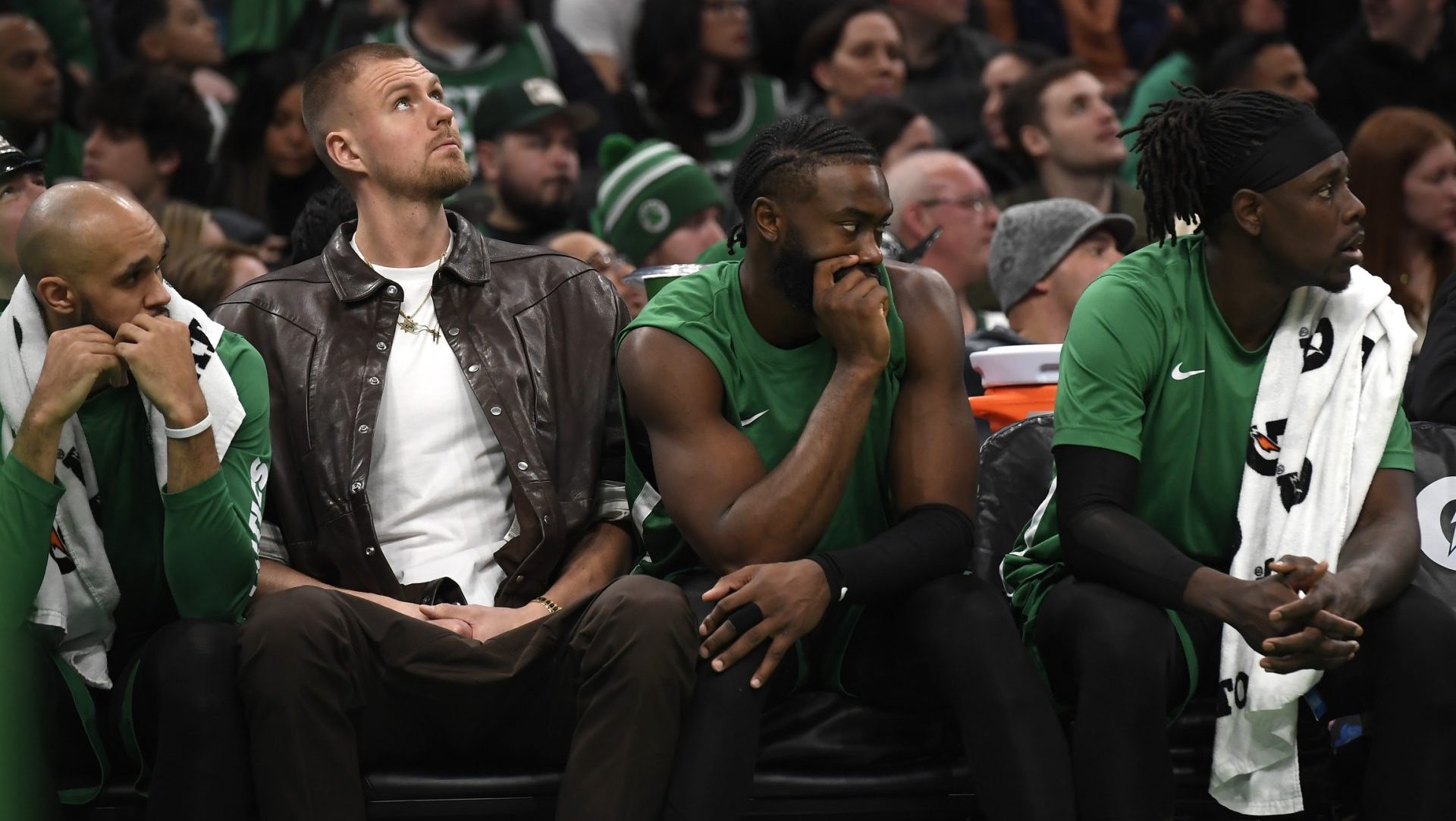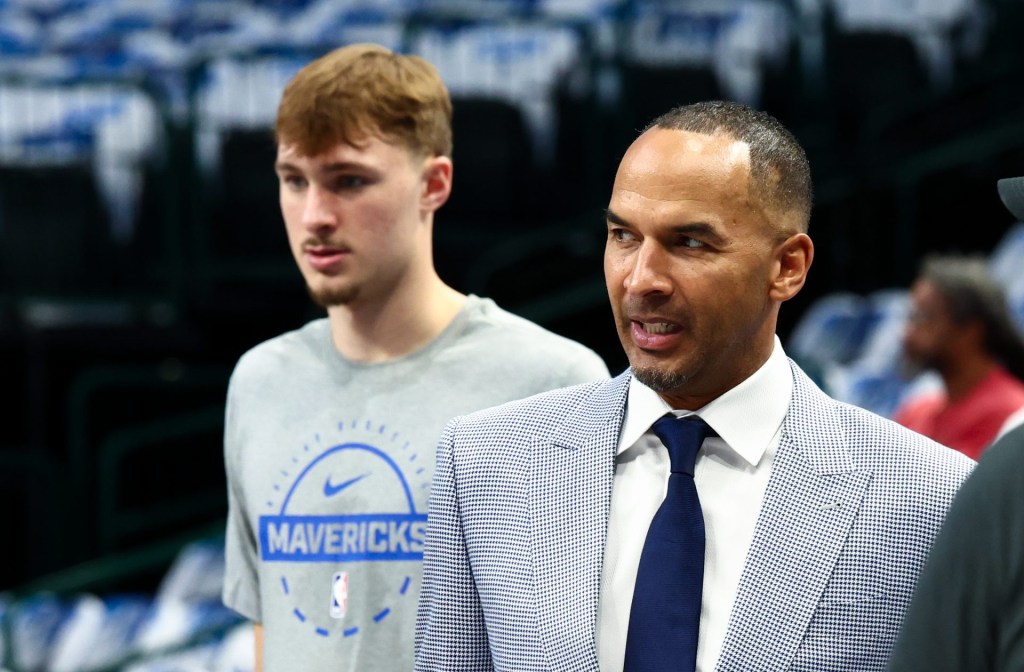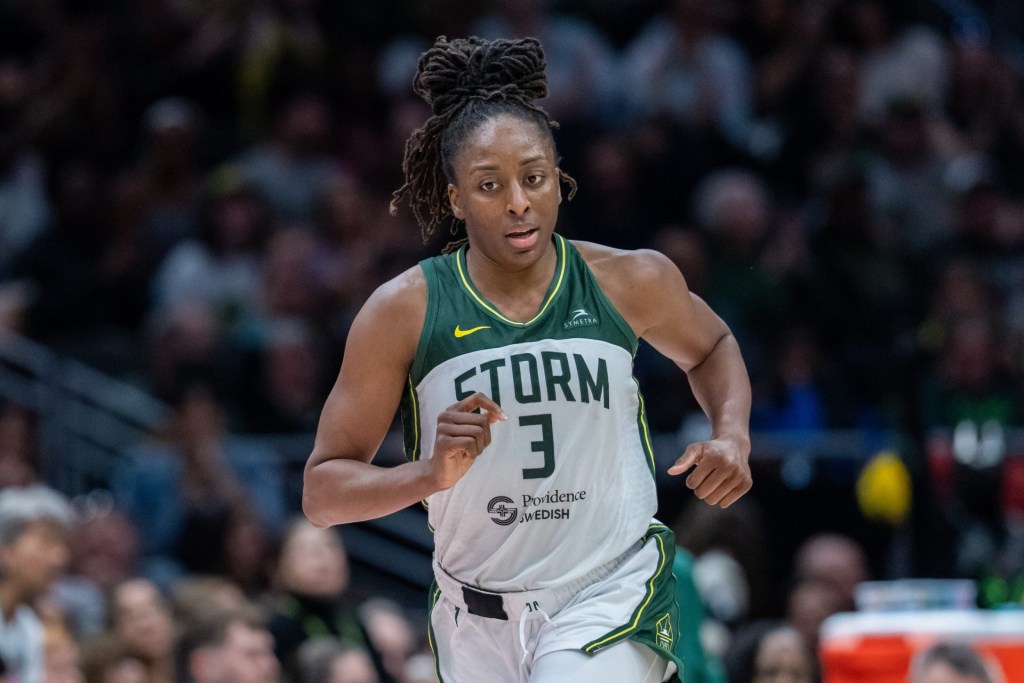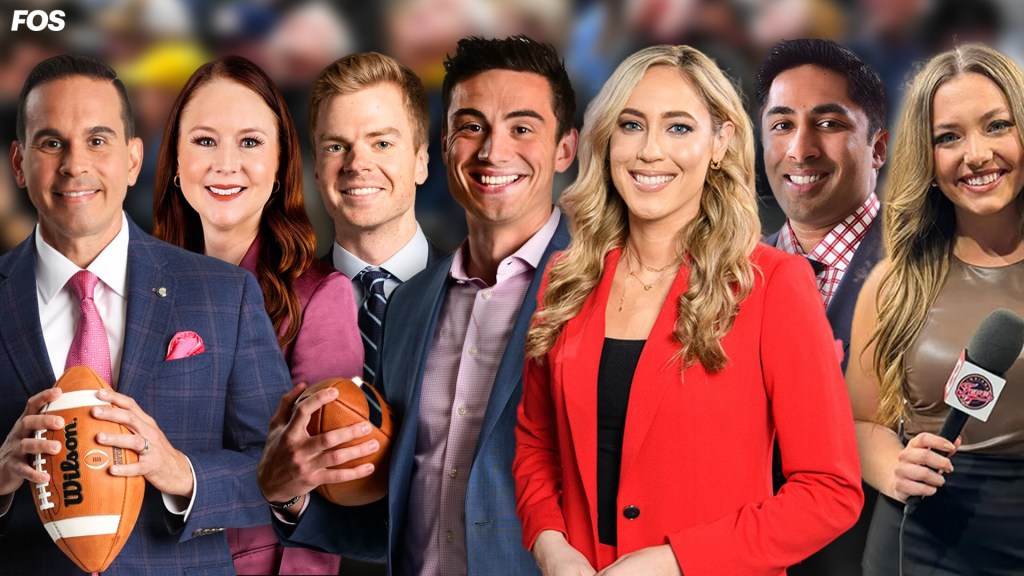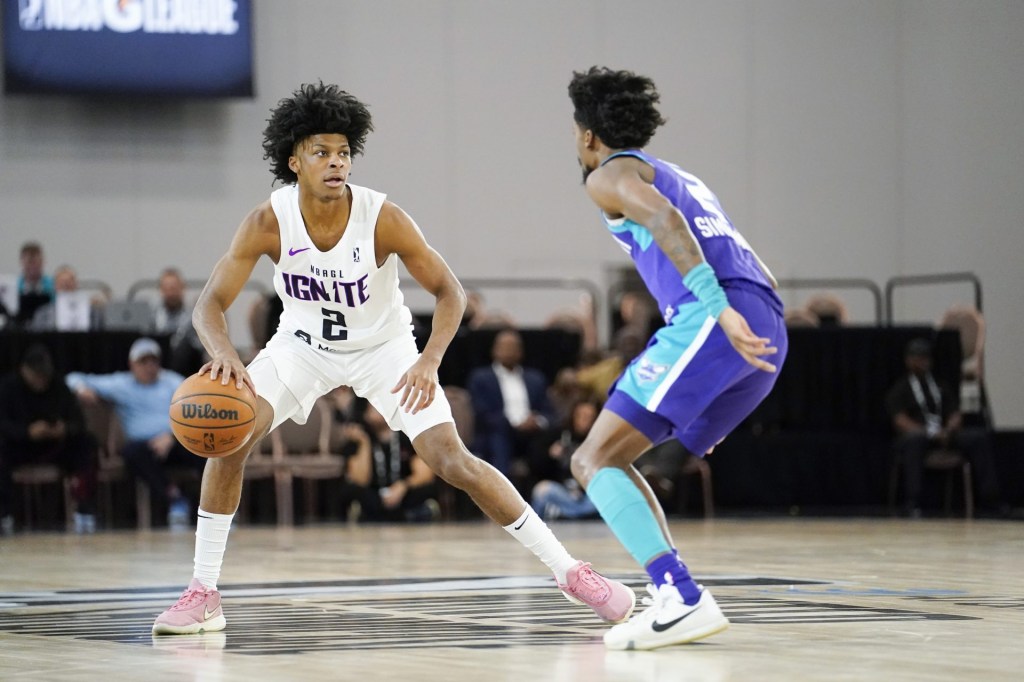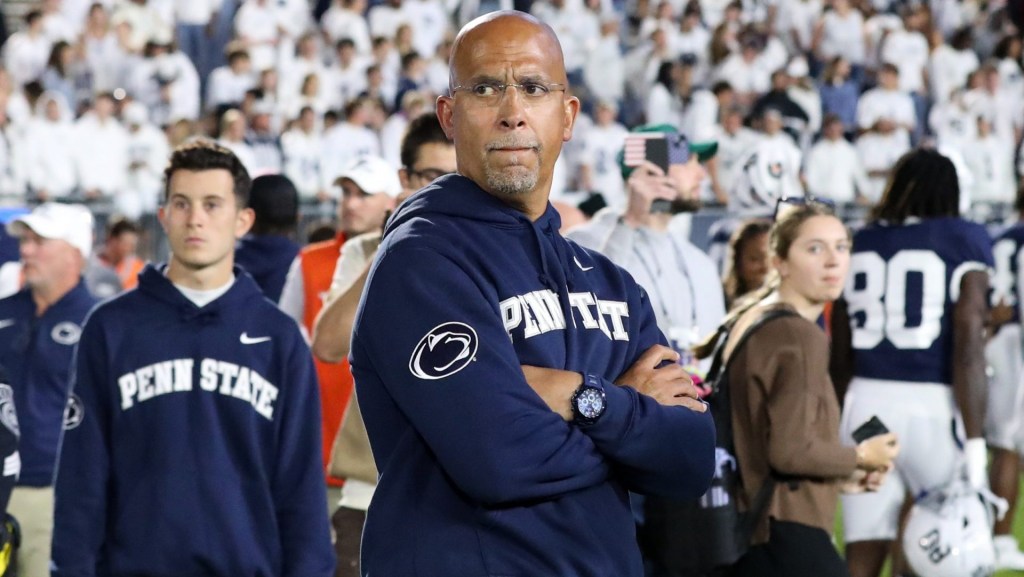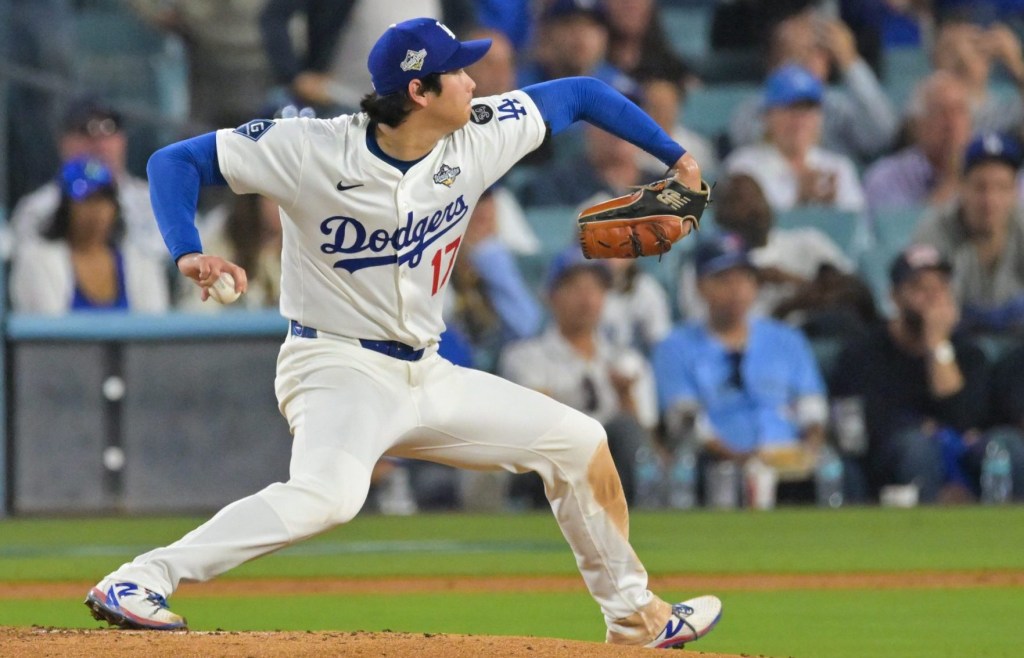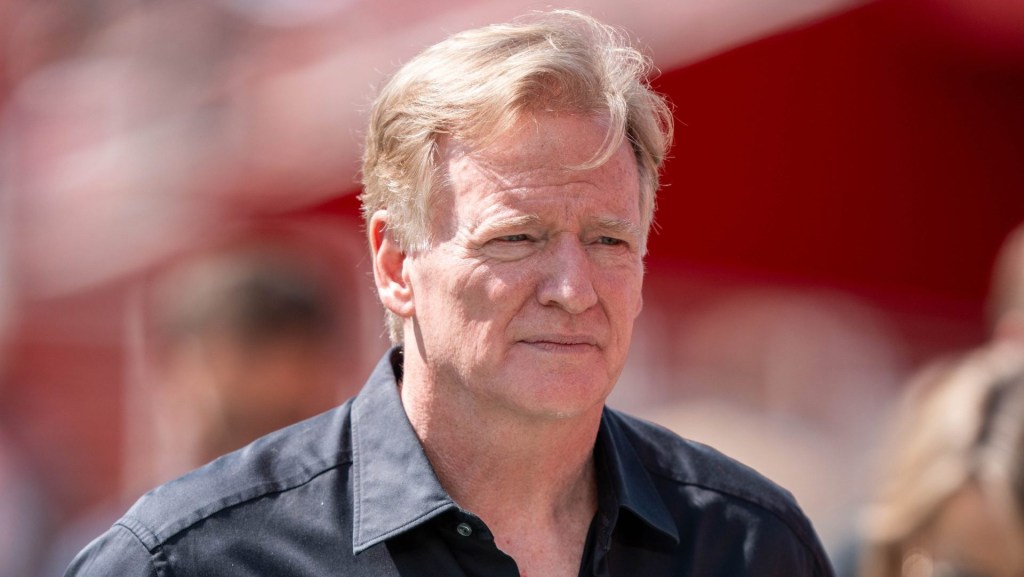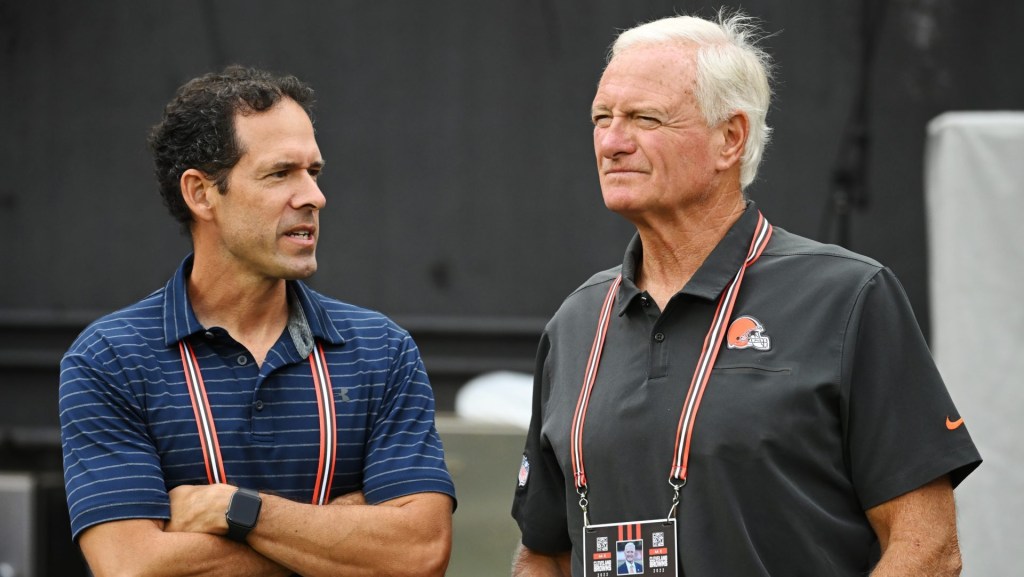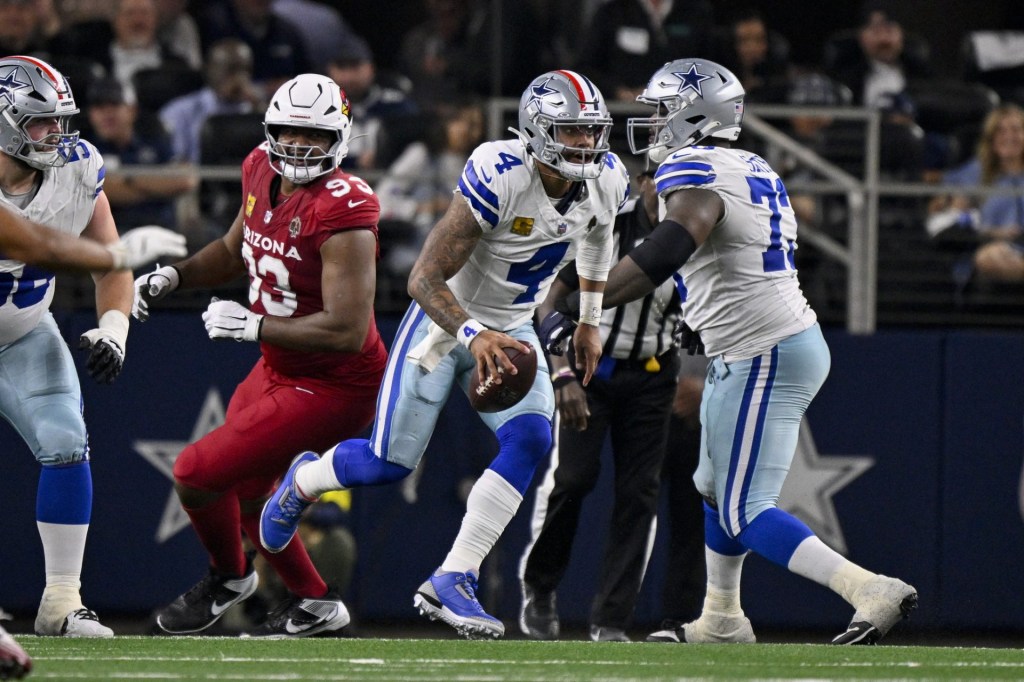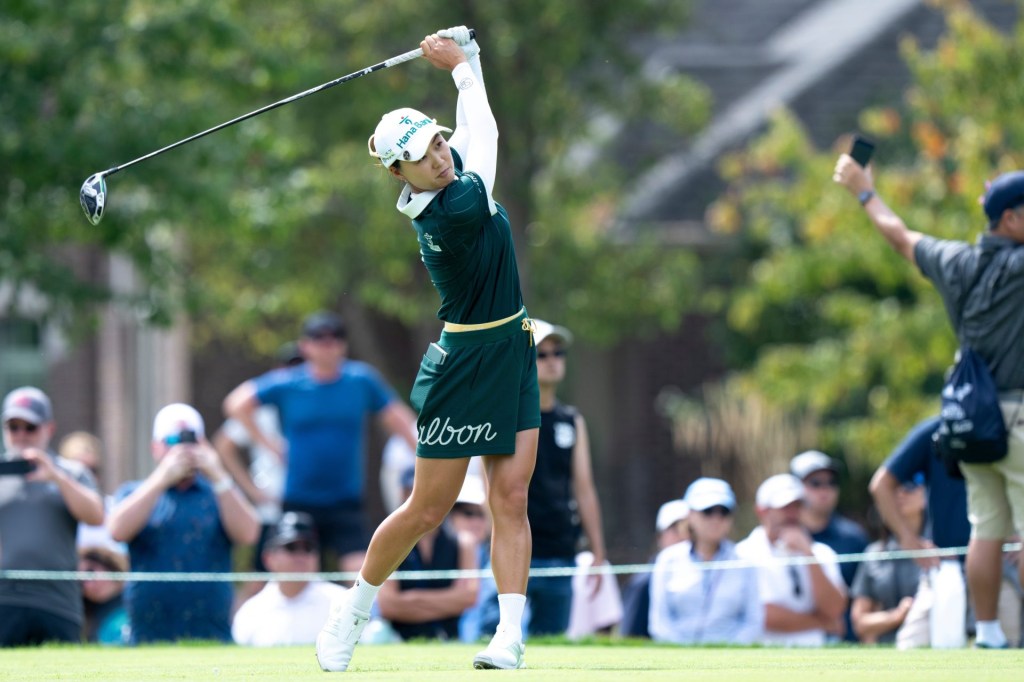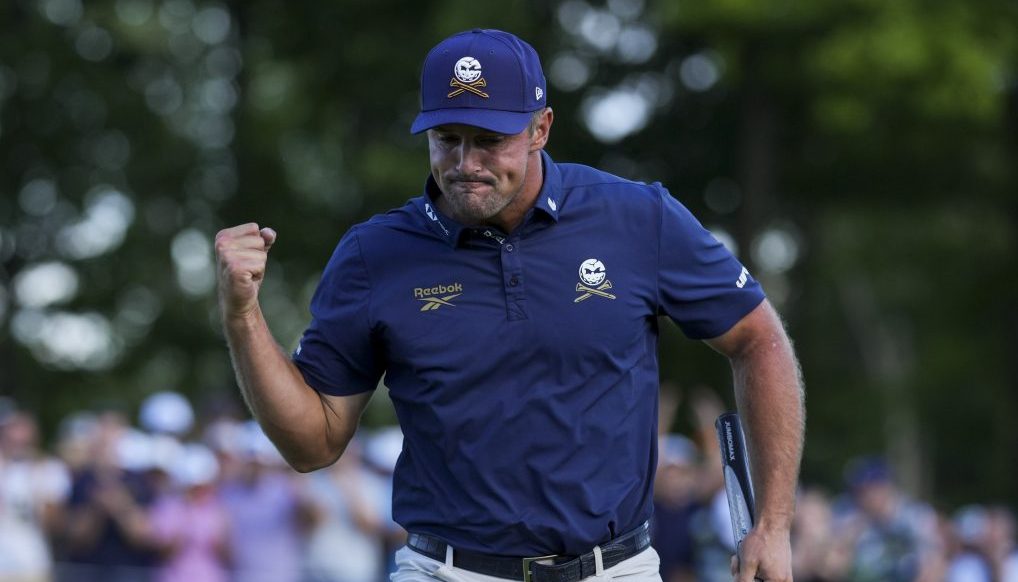The NBA’s two-apron salary structure has been criticized since it was instituted in the 2023 CBA. Breaching either apron comes with penalties that restrict a front office’s roster management options, so contending teams have repeatedly made moves to get below the thresholds.
There have been references to the second apron, in particular, as a pseudo–hard cap, which is a threshold that franchises are not allowed to exceed. However, former National Basketball Players Association (NBPA) executive director Tamika Tremaglio defended the two-apron structure in an interview with Front Office Sports.
“What I’ve been hearing is [there’s] a hard cap. There is no hard cap,” said Tremaglio, who was the union’s executive director when the latest CBA was ratified in April 2023. “The reality is that any team can go into the apron. Any team could go into where they’re now paying taxes. It just becomes a more intentional choice on that team as to whether or not they will pay the taxes.”
There are three levels on top of the NBA’s soft salary cap, which was set at $154.65 million for the 2025–26 season:
- Luxury tax: $187.9 million
- First apron: $195.95 million
- Second apron: $207.82 million
Teams that exceed the luxury tax are subject to financial penalties. The fees are why the Celtics, before their offseason moves, were projected to pay $500 million next season, with more than half coming from tax violations.
The first-apron penalties include limitations in salary matching during trades and the inability to sign-and-trade for a player—unless the move brings them below the apron.
The second-apron penalties are much more severe, including restricting teams from aggregating two or more salaries in any trade. Despite references to it as a hard cap, the Cavaliers and Suns are projected to be above the second apron this upcoming season. However, historically high-spending teams like the Warriors and Clippers have worked to elude it in recent years, and the Timberwolves traded Karl-Anthony Towns a year ago with the specter of penalties looming.
Tremaglio, who left the NBPA in late 2023 and works at consulting firm Secretariat as the managing director leading its global sports consulting practice, acknowledged the system could cause “challenges” for teams in their roster-management process.
However, she added that the tax and apron system was put into place to limit the stark spending gaps among the 30 NBA teams. The result of such a system was to create greater parity across the league—which has been accomplished, given the revolving door of NBA champions over the last seven years.
“The goal, in essence, is that every team, regardless of market size, has a roughly equal chance to compete, and to run a rational business,” NBA commissioner Adam Silver said in October when speaking about the CBA rules. “It seems to be working so far.”
